What Is Automatism Art? – The History of Surrealism Automatism
Automatism art is a fascinating art style that involves not consciously choosing what you want to make, but allowing the unconscious mind to dictate what is to be painted, sketched, and collaged. This kind of art is not made with conscious thought and planning, but instead, the artist draws inspiration, concepts, and creative action from unconscious brain activity and dreams. In this article, we will look at how this is possible by asking, “what is automatism art?” We will also investigate Surrealism Automatism, Psychic Automatism, and Automatism artwork examples to understand how this art style is applied.
What Is Automatism Art?
Physiology is a branch of biological study that is focused on the normal function of living things. The term “Automatism” is borrowed from this field, where it refers to the bodily functions of a living orgasm that happens without conscious thought or decision, like breathing and the heart beating.
Furthermore, the art style was influenced by Sigmund Freud’s (1856-1939) use of art to explore the unconscious mind. That being said, this study did not require the patients to be unconscious. Rather, the term “unconscious” refers to the workings of the mind that is outside of conscious thought while we live our everyday lives. He would have his patients do free association or automatic drawing exercises to tap into what is happening under the conscious surface of the mind.
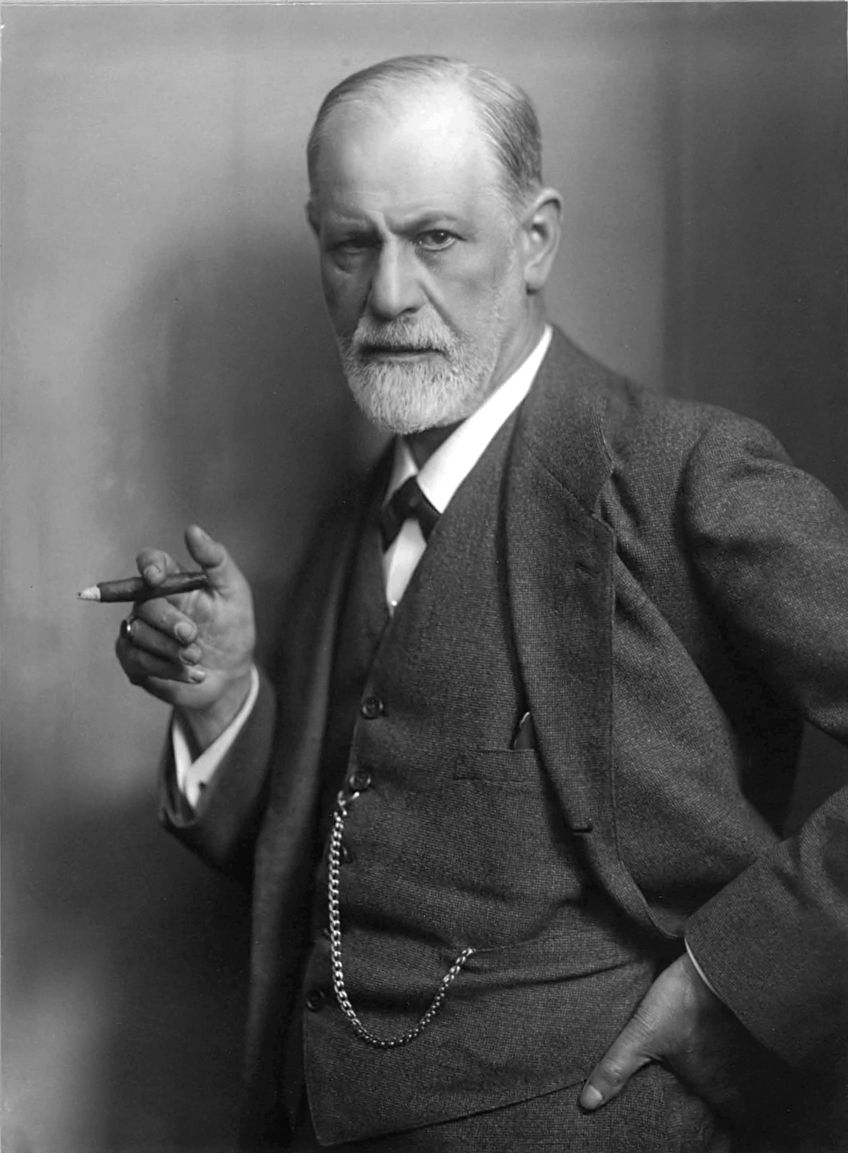
Sigmund Freud’s work in this field was a big inspiration to the founder of the Surrealist movement, André Beton (1896-1966). André Breton wrote in the Surrealist Manifesto (1924) that Surrealism is defined as, “pure psychic automatism … the dictation of thought in the absence of all control exercised by reason and outside all moral or aesthetic concerns.” So, to gain a better understanding of how this art style started and what its influence was on Surrealism, we need to look at how Surrealism Automatism can be distinguished from Psychic Automatism. As well as how these terms overlap.
Psychic Automatism
As the concept of Psychic Automatism is at the core of the Surrealism movement, let us first look at what this term means before we look at how André Breton applied it to the Surrealism Manifesto (1924).
The most important text that spoke about Automatism was Freud’s Interpretation of Dreams (1899), in which he speaks about how dreams might be used to understand the unconscious mind and psyche. In the start, Automatism was simply understood in terms of writing practices. It was used in automatic writing exercises, where a patient would write exactly what came up in their consciousness – whether it made sense or not.
Furthermore, Freud believed that when someone is in a dream state their thoughts are not rationally formulated. Unlike during a waking state, our unconscious mind is, therefore, expressed without inhibition when we are dreaming.
However, some symbols and disguises that come in dreams, which might help us understand more about our mind, can be hard to talk about or puzzle out with the conscious mind. This is where figurative representations, like automatic drawing and free association, came in to help his patients recreate these symbols in order for them to be studied or analyzed by a professional.
André Breton added the word “psychic” to automatism to refer to the use of these practices in the psychiatric field. He then applied this term to the Surrealist Manifesto, which described the movement’s intentions, and inspirations as well as suggested practices by which Surrealist art could be made. In other words, Psychic Automatism is a concept and a technique. It found its origin in the problem of expressing the unconscious mind without various social limitations or beliefs influencing the truth of what is really under the surface of conscious thought. Psychic Automatism was also used by Surrealists to emphasize the importance of dreams by creating art that referenced the artists’ dreams.

The word “Surreality” refers to superior reality, which André Breton and other Surrealists believe could only be attained by incorporating waking reality and dream state reality. Both these psychic modes need to be incorporated into one to create Surreal artworks. The incorporation of the unconscious mind through Psychic Automatism offered Surreal artists liberation from existing forms of expression limited by social and moral norms. This afforded them a brand-new way of expression through art. The insights gained and concepts communicated through Surrealist art by using Psychic Automatism were, therefore, similar to what Freud tried to attain through his Automatism practices used in the psychic analysis of his patients.
Surrealism Automatism
The methodology on which Surrealism was based is, therefore, centered around the idea of an unrestrained creative psyche. So, the difference between Psychic Automatism and Surrealism Automatism is that Psychic Automatism was the concept and practice that inspire Surrealist artists. What came out of the application of Psychic Automatism by Surrealist artists is what is called Surrealism Automatism.
Although Breton defined Surrealism in the beginning as Psychic Automatism he later redefined it along the lines of religious persuasion or practice, saying that it is a state of mind, practice, or psychic mechanism that can help you better understand and make sense of problems of life.
Even though Surrealist artists adopted the symbols and archetypical language of Freud’s Automatism, as with anything where the creative mind and artists are involved, this core structure was quickly reinterpreted to create art simply inspired by the ideas and theory behind Psychic Automatism.
The main belief that stayed the same was the assumption that thoughts run uninhibited in the unconscious parts of the mind. The Surrealists aimed to, through their art, express these free-flowing thoughts as they are. A big motivation to do this study of a kind of “other reality”, was for the artists to make sense of the slaughter during the First World War.
How Was Psychic Automatism Applied to Form Surrealim’s Automatism
The collaging style of painting that they adopted juxtaposed all kinds of bizarre elements next to each other, like in dreams. This characteristic exposes how Psychic Automatism was applied to Surrealism, as the arbitrary mix of various elements seems entirely non-sensical – as if the artist really did not decide what to put where.
Psychic Automatism was applied in two ways in the Surrealist movement: firstly, unplanned compositions that are entirely based on chance and in-the-moment inspiration, and secondly, dream compositions that were more planned and deliberate to recreate what the artist experienced while sleeping. However, in both of these the automatic combination of elements, objects, and bodies that normally are not seen together, in reality, was used.
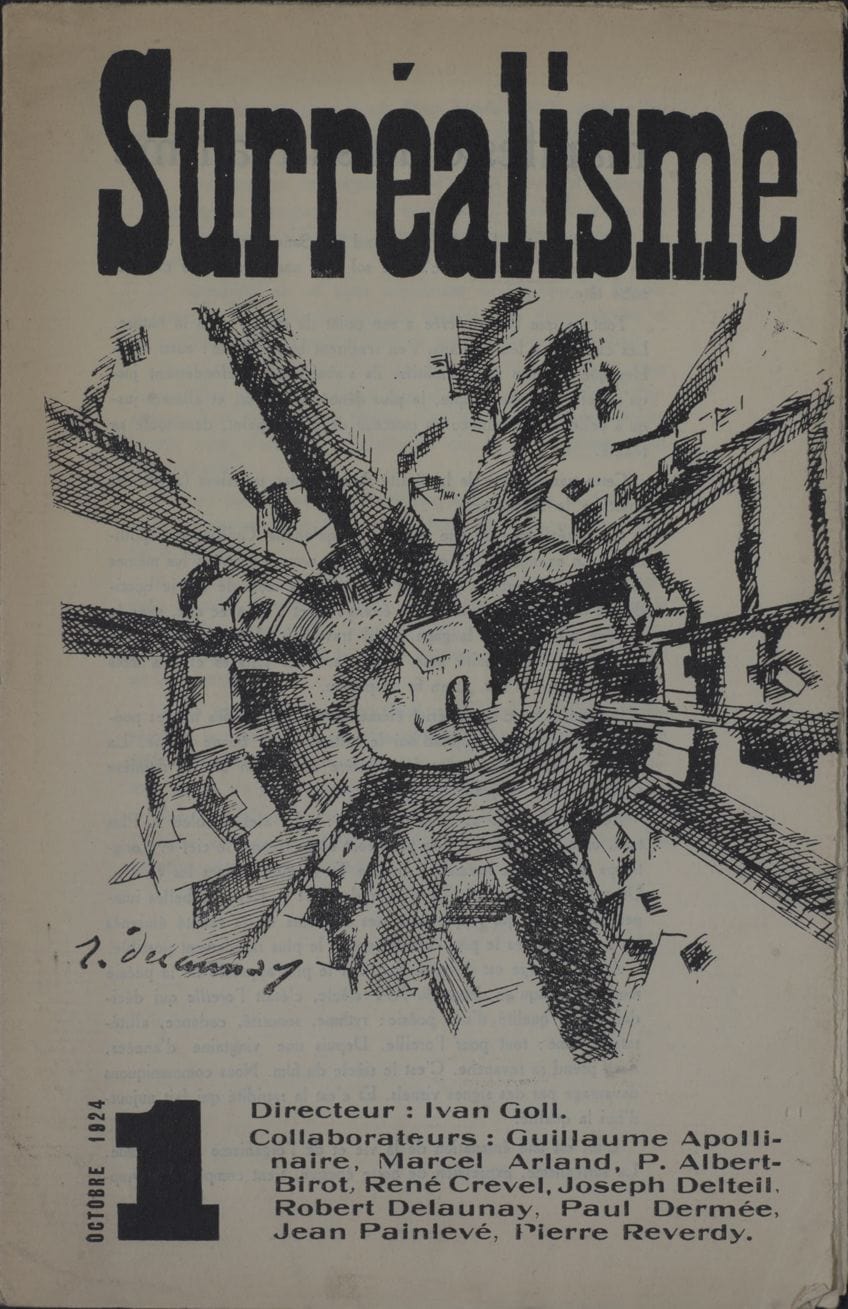
Even though automatic drawing was used in psychiatric studies by Freud, among others, very few examples of Automatism existed before the Surrealists. They were, therefore, the pioneers in applying their understanding of Psychic Automatism to create Surrealism Automatism. Max Ernst, for example, was the first artist to invent Surrealist collages. By putting together strange images cut out of magazines, book illustrations, catalogs, and so on, Ernst created visual art’s first form of Automatism. He went further by using rubbing and scraping to create arbitrary textures in his artworks.
Automatism Artwork Examples
The most famous Surrealist Automatism artists included Salvador Dalí André Masson, Joan Miró, and Max Ernst. The first style of Psychic Automatism, where the automatic painting and sketching of whatever came up in the mind, was done more by André Masson and Joan Miró. Whereas, Salvador Dali, René Magritte, and Max Ernst created dream-like landscapes with bizarre and otherworldly elements. Let us look at two examples, one from each style of interpreting Psychic Automatism in Surrealism Automatism.
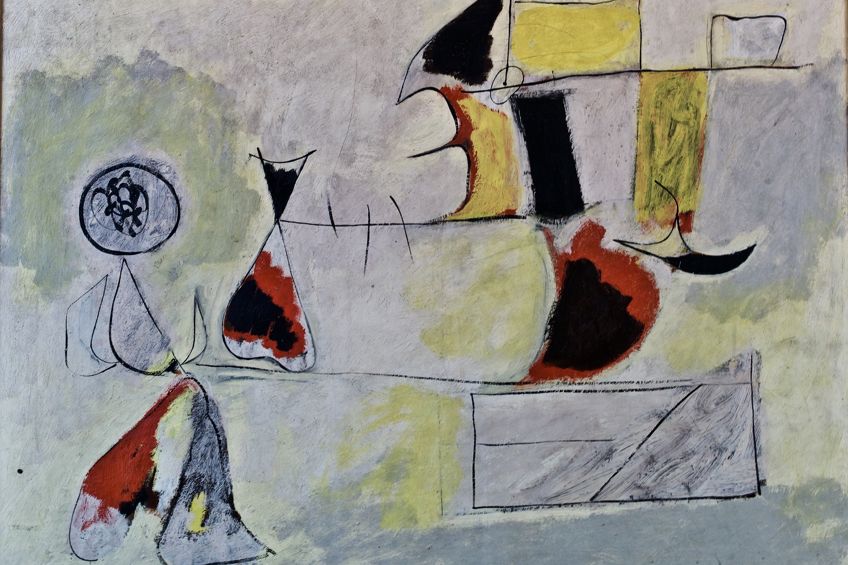
Unplanned Compositions: The Battle of Fishes (1926) by André Masson
The Battle of Fishes (1926) by André Masson is a perfect example of a Surrealist Automatism artwork that centered on the practice of unplanned compositions. He applied the gesso to the canvas with uninhibited motions, then threw sand on it and brushed away the excess materials once it had dried. This created contours suggesting irrational forms. He then applied paint directly from the tube and sketched around the contoured shape with quick motions trying to not think about what to do next.
The result was a composition that looked like a fierce battle underwater between fish with sharp teeth. During World War I Masson was physically wounded and spiritually affected. In 1924, he joined the Surrealist movement and a core group of artists. He strongly believed that images and art competitions have the power to reveal the barbarity of humans and all living creatures.
Dream-like Compositions: The Difficult Crossing (1926) by René Magritte
The Difficult Crossing (1926) by Belgian Surrealist René Magritte, is a great example of Psychic Automatism applied to the Surrealism Automatism style that used dreamlike landscapes with unexpected elements juxtaposed together in a bizarre composition. There seems to be no sense or logic behind this strange composition and he abstracted the reality of normal objects even further, such as giving a bilboquet a human eye.
Magritte’s perception of the unconscious mind is further expressed in the unrealistic combination of objects such as a hand of a mannequin on a table, gently holding a red bird. The bird is looking at the bilboquet and the bilboquet looks back at the bird, but they do not make eye contact. All of the strange objects are in an ordinary room, that has wooden boards placed along the walls with pieces cut out of them.
A single curtain is draped over one of the loose-standing boards. The curtain, normally used as a symbol of concealing or hiding something, is drawn back. There is a storm in the background and it is unclear whether the viewer is looking through a window at the storm, or whether it is a painting of a storm against the far wall. All of the elements in this painting seem to say something about perception.
The holes in the boards could, therefore, symbolize gaps in human perception.
Automatism Outside of Surrealism
The mystery and often randomness of the creative mind have definitely been used and acknowledged by many artists throughout history. Even though the application of Psychic Automatism is mainly Surrealism’s brainchild, the engagement with dreams and the unconscious mind has been used by many other artists and art movements. The use of hypnosis and the taking of drugs to free the mind’s thoughts from its everyday restraints has been done before and since Surrealism.
This history of Automatism goes back all the way to the 18th century when artist Alexander Cozens created blot drawings. He would randomly blot color on paper and then create landscapes out of the blots. William Blake is also said to have used altered states of consciousness to create his compositions.
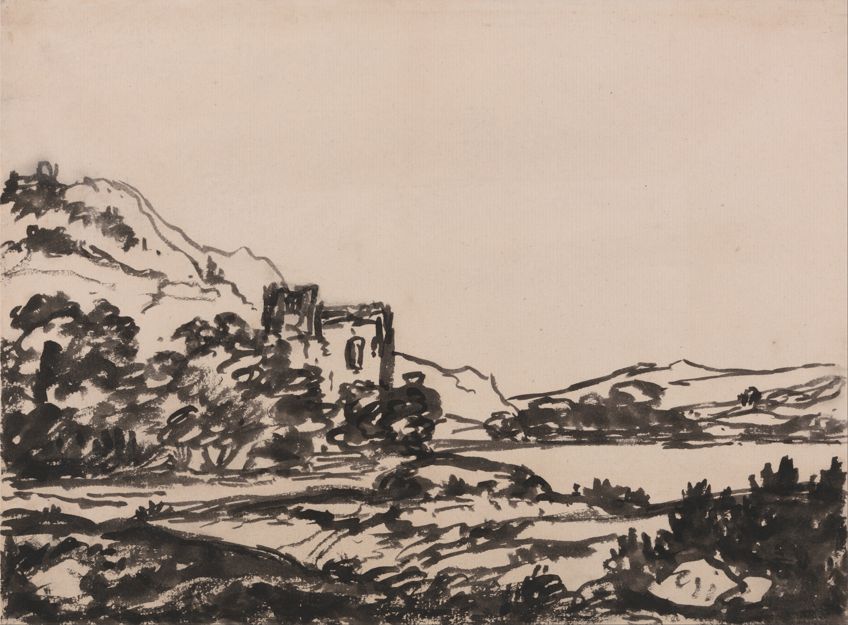
In the 20th century, other artists also wanted to express themselves more freely and without the interference of the rational mind and its limits. Even though he did not use Psychic Automatism, Jackson Pollock definitely touched on similar beliefs about expressing the unconscious mind with his Action paintings. By dripping paint on canvases in a non-directional way, Pollock highlighted the importance of the process over the final result. This way, echoing some of the exercises done by artists like André Masson (as discussed above).
Automatism, Psychic Automatism, and how it was applied to form Surrealism Automatism are all fascinating experiments that came out of the history of art. One only needs to look at a Surrealist painting to feel the conscious mind contort and reach into its depths of unconscious thought to find understanding. This is exactly what the Surrealist artists set out to do and, with worldwide acknowledgment, achieved in their own way.
Take a look at our Automatism Art webstory here!
Frequently Asked Questions
What Is Automatism Art?
Automatism art is a form of art-making that aims to bypass the conscious mind and express from the unconscious mind. Artists who practice Automatism art believes that there are more interesting insights to be gained by accessing the part of our brain that dreams and are constantly free-flowing thoughts in the background of our conscious mind.
What Is Psychic Automatism?
Psychic Automatism is a concept and practice adopted by Surrealist artists. It drew on Freud’s practices of automatic drawing, writing, and free association exercises in order to understand more about the unconscious mind. Surrealist artists believed that by incorporating Psychic Automatism into their artworks, they can reach surrealism – a complete reality of both the conscious and unconscious mind.
Is Automatism Art Only Connected to Surrealism?
Automatism has been practiced in various forms throughout art history. Artists have often used hypnosis, drugs, and their dreams to create artworks. However, Psychic Automatism was specifically used by the Surrealists to create Surrealism Automatism and was, therefore, uniquely their brainchild.
Nicolene Burger is a South African multi-media artist, working primarily in oil paint and performance art. She received her BA (Visual Arts) from Stellenbosch University in 2017. In 2018, Burger showed in Masan, South Korea as part of the Rhizome Artist Residency. She was selected to take part in the 2019 ICA Live Art Workshop, receiving training from art experts all around the world. In 2019 Burger opened her first solo exhibition of paintings titled, Painted Mantras, at GUS Gallery and facilitated a group collaboration project titled, Take Flight, selected to be part of Infecting the City Live Art Festival. At the moment, Nicolene is completing a practice-based master’s degree in Theatre and Performance at the University of Cape Town.
In 2020, Nicolene created a series of ZOOM performances with Lumkile Mzayiya called, Evoked?. These performances led her to create exclusive performances from her home in 2021 to accommodate the mid-pandemic audience. She also started focusing more on the sustainability of creative practices in the last 3 years and now offers creative coaching sessions to artists of all kinds. By sharing what she has learned from a 10-year practice, Burger hopes to relay more directly the sense of vulnerability with which she makes art and the core belief to her practice: Art is an immensely important and powerful bridge of communication that can offer understanding, healing and connection.
Nicolene writes our blog posts on art history with an emphasis on renowned artists and contemporary art. She also writes in the field of art industry. Her extensive artistic background and her studies in Fine and Studio Arts contribute to her expertise in the field.
Learn more about Nicolene Burger and the Art in Context Team.
Cite this Article
Nicolene, Burger, “What Is Automatism Art? – The History of Surrealism Automatism.” Art in Context. January 18, 2023. URL: https://artincontext.org/what-is-automatism-art/
Burger, N. (2023, 18 January). What Is Automatism Art? – The History of Surrealism Automatism. Art in Context. https://artincontext.org/what-is-automatism-art/
Burger, Nicolene. “What Is Automatism Art? – The History of Surrealism Automatism.” Art in Context, January 18, 2023. https://artincontext.org/what-is-automatism-art/.



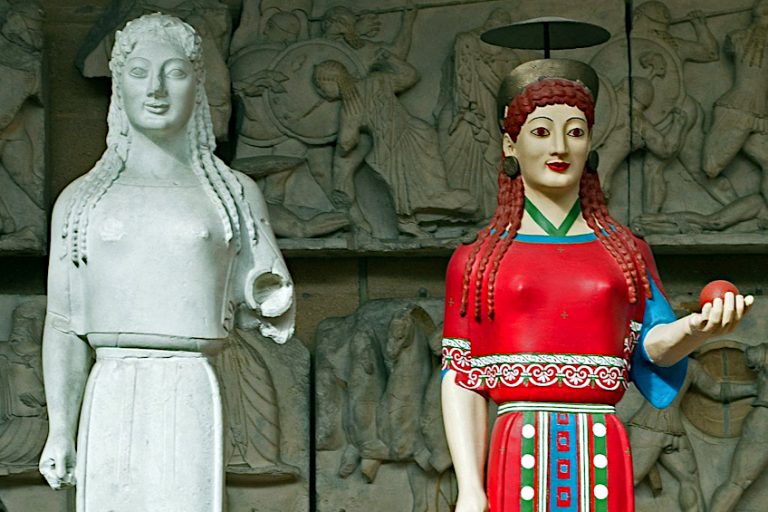
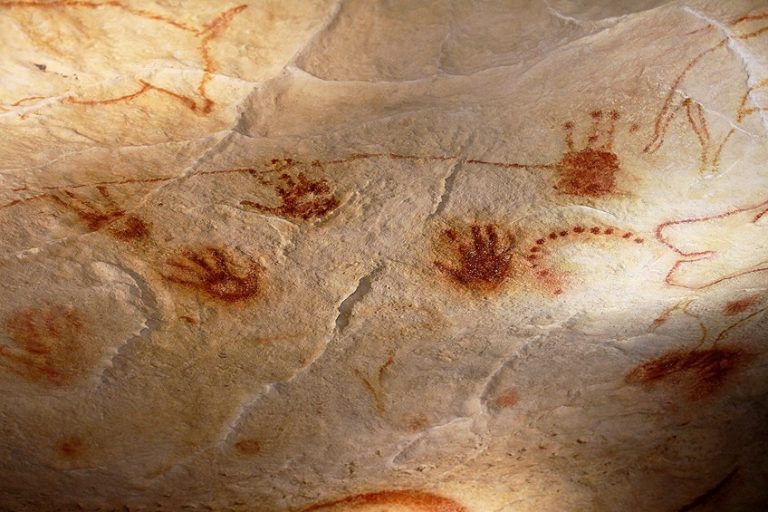
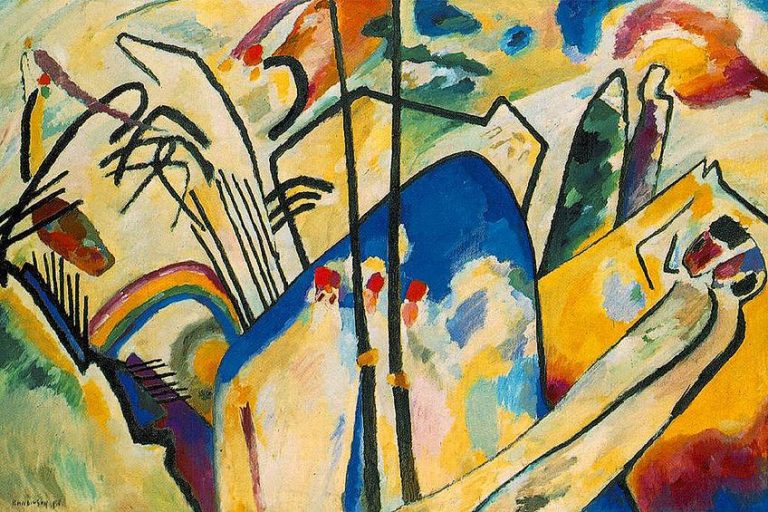
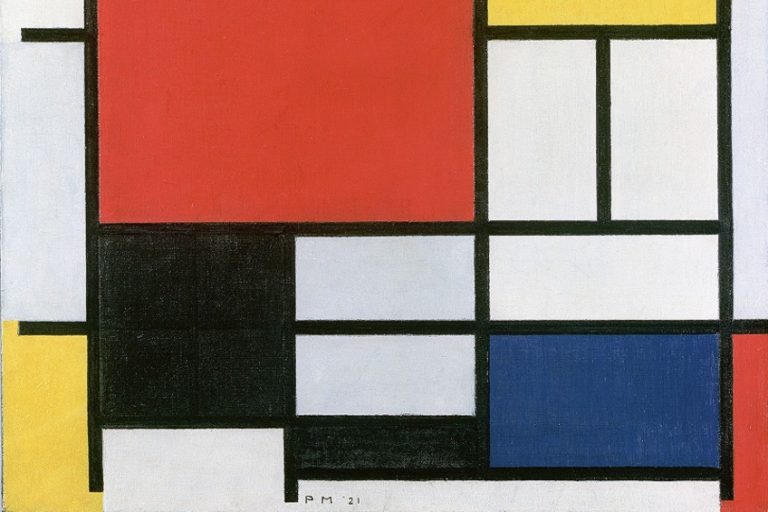

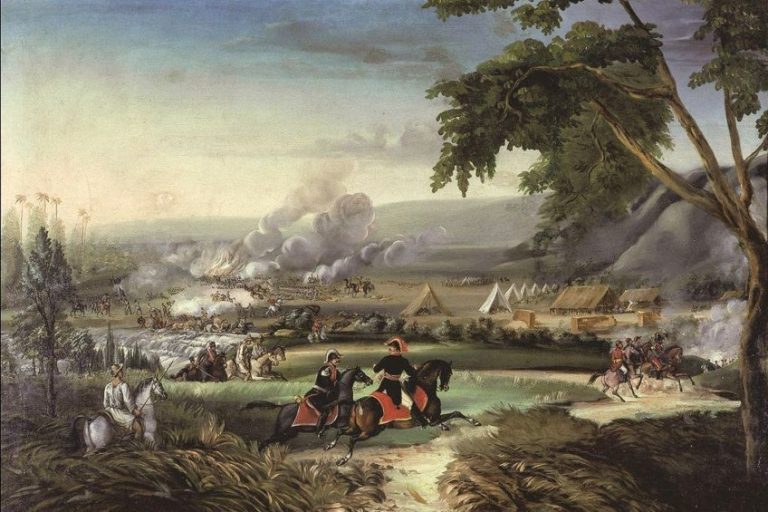


Great article, very helpful.